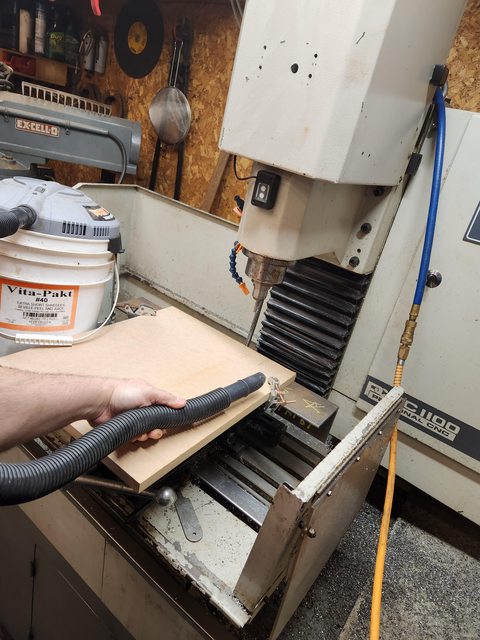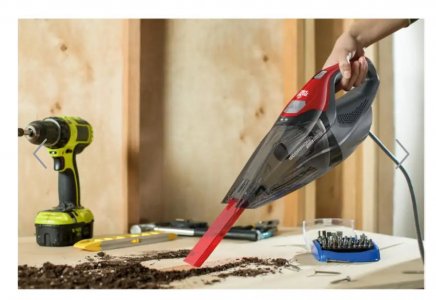I use an ancient Ridgid shop vacuum sucking through a DustDeputy cyclone separator on a 5-gal bucket to attempt to keep swarf -- mostly aluminum with some plastic -- under control. This mostly works but the vacuum doesn't have sufficient "suck" to pickup balls of fine swarf or clumps of the curly stuff and ensure that it gets through the hose. I think that a more powerful shop vac may solve the problem but I'm unsure of how to choose. The adverts claim "6HP peak" (but drawing 10amps so unlikely) and other nonsense. Since everything is trapped by the DustDeputy I don't need a large container on the vacuum.
Recommendations?
Does anyone use a BusyBee or similar dust collector on metal bits?
Recommendations?
Does anyone use a BusyBee or similar dust collector on metal bits?



